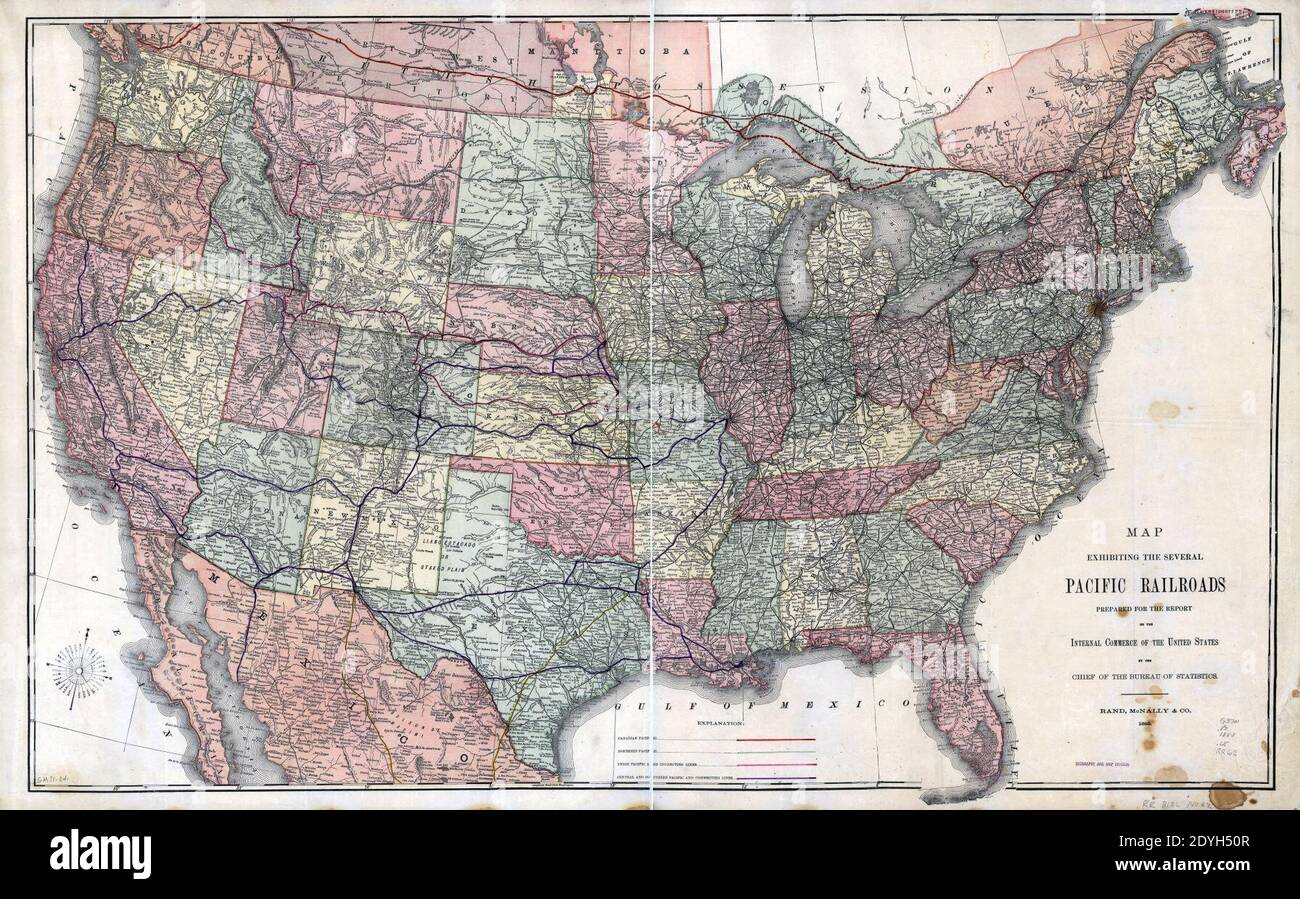
Navigating the Ancient Arteries: A Deep Dive into the Haudenosaunee Trade & Diplomacy Center
For the discerning traveler whose curiosity extends beyond scenic vistas to the intricate tapestries of human history, there are destinations that offer more than just a view – they offer a revelation. My recent journey led me to one such place: The Haudenosaunee Trade & Diplomacy Center, nestled in the historic Mohawk Valley of Upstate New York. This isn’t just a museum; it’s a meticulously curated portal into the economic prowess and geopolitical sophistication of the Iroquois Confederacy, a realm brought vividly to life through an unparalleled collection of detailed trade maps and the narratives they embody. If you’re seeking a profound understanding of pre-colonial North America, this is where your compass should point.
From the moment you approach the Center, the intention is clear. Its architecture, while modern, subtly echoes traditional longhouse forms, blending respectfully into the landscape. Inside, the atmosphere is one of reverence and intellectual engagement, a hushed anticipation for the stories waiting to unfold. The true marvel, however, lies in its commitment to showcasing the Haudenosaunee’s economic engine – their vast and intricate trade networks – not as footnotes in colonial history, but as a central pillar of their power and survival.
The centerpiece of the museum, and indeed the primary draw for anyone interested in the sheer scope of Indigenous enterprise, is its expansive "Pathways of Exchange" gallery. Here, detailed Iroquois Confederacy trade maps are not merely static displays; they are dynamic, multi-layered revelations. Utilizing a blend of traditional cartography, archaeological findings, oral histories, and cutting-edge digital projections, the Center presents an unprecedented visualization of the Confederacy’s economic reach. You’ll encounter hand-drawn reproductions from early European explorers attempting to chart these routes, alongside more abstract, Indigenous-centric maps that highlight resource locations and diplomatic alliances rather than just geographical features.

What truly captivates are the interactive digital maps. Spanning entire walls, these projections allow visitors to zoom in on specific regions, tracing ancient footpaths and river routes that crisscrossed a territory far larger than the modern-day Iroquois land base. Each highlighted route isn’t just a line on a map; clicking on it unveils the goods exchanged, the communities involved, and the historical context of those transactions. One moment you’re tracing the flow of beaver pelts from the Great Lakes region down the Hudson River to Dutch trading posts; the next, you’re observing the intricate wampum routes connecting the Atlantic coast to the heart of the Confederacy, illustrating its dual role as currency and diplomatic record. These maps are masterpieces of historical reconstruction, meticulously pieced together from countless sources, offering a truly immersive understanding of the logistical challenges and triumphs of pre-industrial commerce.
Beyond the cartographic wonders, the Center excels in contextualizing these trade networks. The "Goods of the Longhouse" exhibit showcases the astonishing array of products that formed the backbone of the Haudenosaunee economy. You’ll see pristine examples of flint and chert tools sourced from distant quarries, elaborate pottery decorated with designs characteristic of specific regions, and agricultural products like corn, beans, and squash – the "Three Sisters" – which were not just sustenance but also vital trade commodities. The fur trade, of course, receives significant attention, with displays illustrating the processing of beaver pelts and the strategic acumen required to maintain control over these lucrative hunting grounds, often pitting the Confederacy against rival Indigenous nations and European powers alike.
Crucially, the Center doesn’t shy away from the complexities of the fur trade’s impact. It explores how the introduction of European goods – metal tools, firearms, glass beads, wool cloth – altered traditional economies and social structures, yet also how the Haudenosaunee skillfully leveraged these new commodities to strengthen their own political and military position. The maps here become vital tools for understanding geopolitical shifts, showing how trade routes evolved, expanded, or contracted in response to alliances, conflicts, and the relentless march of colonial expansion.
A particularly insightful section, "The Diplomacy of Exchange," delves into the intricate web of protocols and relationships that underpinned all trade. The maps in this gallery illustrate not just physical routes but diplomatic pathways, highlighting the locations of council fires, treaty negotiations, and ceremonial exchanges. Here, you learn that trade was never purely economic; it was inextricably linked to diplomacy, alliance-building, and the maintenance of the Great Law of Peace. Wampum belts, displayed alongside the maps that illustrate their journey, are presented not just as currency but as living documents, recording treaties and agreements, embodying the spirit of mutual respect and understanding that was paramount to successful trade. The Center’s interpretation emphasizes the critical role of women in these exchanges, often responsible for agricultural production and the internal distribution of goods, underscoring the egalitarian nature of many Haudenosaunee economic practices.

The educational value of the Haudenosaunee Trade & Diplomacy Center is immense. Its commitment to presenting Indigenous history from an Indigenous perspective is evident throughout. Curatorial choices challenge long-held colonial narratives, emphasizing the agency, adaptability, and resilience of the Haudenosaunee people. The maps, far from being mere geographical representations, become narratives of power, innovation, and cultural exchange. They illustrate a vibrant, dynamic society that was deeply connected to its environment and to a vast network of peoples across the continent.
Beyond the exhibits, the Center offers a rich visitor experience. Knowledgeable Haudenosaunee guides provide insightful tours, sharing oral traditions and personal perspectives that breathe even more life into the historical data. Workshops on wampum making, traditional agricultural practices, and Indigenous language offer hands-on engagement. The research library and archival center, accessible by appointment, contain an unparalleled collection of primary sources for scholars and serious enthusiasts wishing to delve deeper into the Confederacy’s trade history. The gift shop, commendably, features authentic crafts and books by Indigenous authors, ensuring that revenue directly supports Haudenosaunee communities.
For anyone who believes that travel should enlighten as much as it entertains, the Haudenosaunee Trade & Diplomacy Center is an indispensable destination. It’s a place where history isn’t just recounted but meticulously reconstructed, where ancient maps become windows into a sophisticated civilization, and where the economic arteries of a powerful Confederacy reveal the true depth of its ingenuity. Forget dusty archives; this Center has transformed the study of detailed Iroquois Confederacy trade maps into an engaging, interactive, and deeply moving experience. It is a powerful reminder that before European arrival, North America was a continent of complex economies, vibrant diplomacy, and interconnected peoples, a legacy brought brilliantly to the forefront at this exceptional institution. Plan your visit; it will fundamentally reshape your understanding of Indigenous North America.


